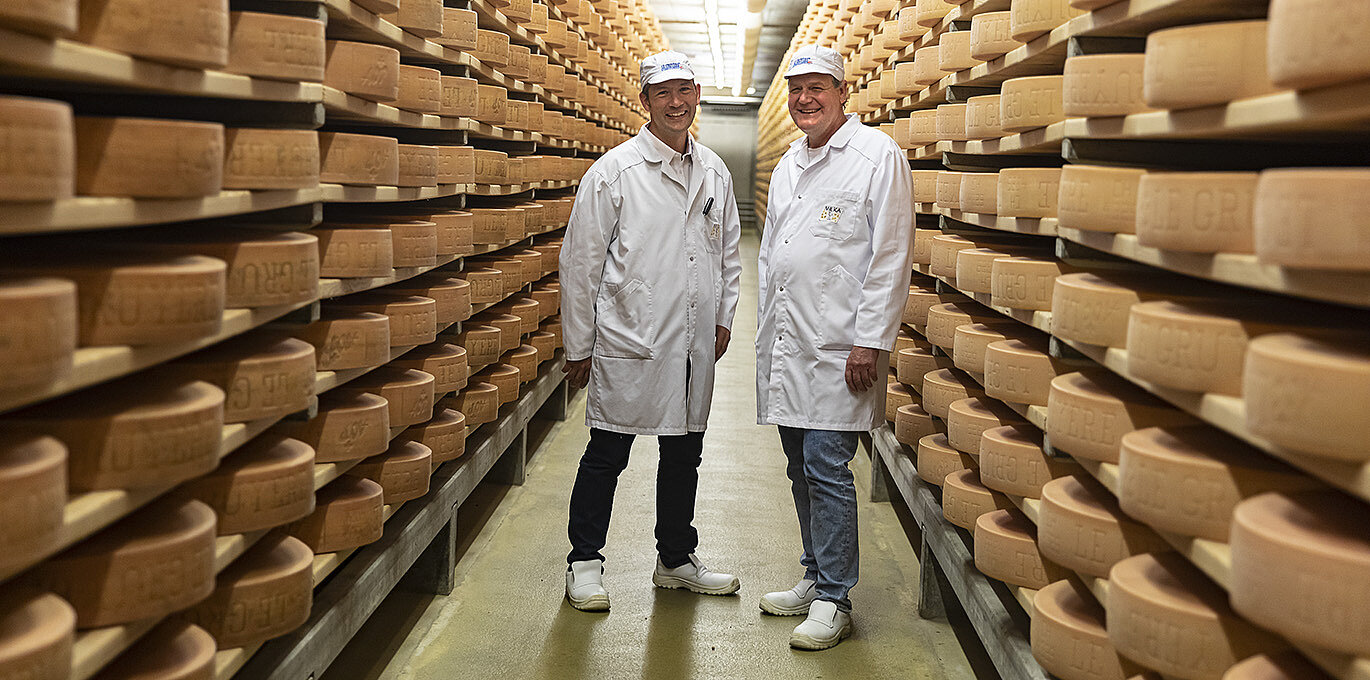From Thomastown to Your Table: The Quality of Floridia Cheese Melbourne
From Thomastown to Your Table: The Quality of Floridia Cheese Melbourne
Blog Article
Opening the Secrets of Artisanal Cheese Making: A Detailed Do It Yourself Guide
In the realm of cooking craftsmanship, artisanal cheese making stands as a testament to the fragile balance in between tradition and advancement. Each action in the process, from choosing the ideal milk to perfecting aging methods, holds within it a wide range of expertise gave through generations. As we start this trip to debunk the art of creating splendid cheeses, we are confronted with a tapestry of tricks and abilities waiting to be untangled. Join us as we explore the complexities of this ancient craft, where science, art, and patience converge to produce flavors that tantalize the senses.
Picking the Right Milk
When embarking on the journey of artisanal cheese production, the selection of milk plays a crucial role in identifying the quality and characteristics of the final item. The sort of milk selected impacts the flavor, texture, and generally account of the cheese. Raw milk, straight from the animal, is favored by lots of artisanal cheesemakers because of its special blend of enzymes, bacteria, and taste compounds. Using raw milk comes with guidelines and dangers, making sterilized milk a much safer alternative for newbies.
When picking milk for cheese making, it is vital to think about the fat material. Higher fat content in milk can cause a creamier and richer cheese, while reduced fat material might result in a drier and firmer texture. In addition, the source of the milk, whether from cows, goats, sheep, or buffalo, contributes distinctive tastes and attributes to celebrity (Cheese Makers Melbourne). Each sort of milk brings its own subtleties, permitting a vast array of cheese selections to be crafted based on the selected milk. Eventually, the choice of milk is an essential decision that establishes the structure for an effective artisanal cheese-making venture.
Culturing and Coagulating
To launch the cheese-making procedure, the important steps of culturing and coagulating have to be carefully executed to change milk into curds and whey. Culturing involves presenting advantageous microorganisms to the milk, which after that begins the fermentation process. These bacteria convert lactose (milk sugar) into lactic acid, producing the acidic environment necessary for coagulation. The type of society made use of can dramatically affect the taste, appearance, and ripening of the final cheese item.

The timing and temperature control during culturing and coagulation are vital variables that affect the last result of the cheese. Appropriate implementation of these actions is necessary to guarantee the desired texture, taste, and uniformity of the artisanal cheese being generated.
Draining Pipes and Pushing Curds
After the milk healthy proteins see have coagulated and the curds have been cut to launch whey, the following crucial action in artisanal cheese making entails draining and pushing the curds to attain the desired texture and uniformity of the last cheese item. Draining is the procedure of dividing the curds from the whey. This can be done by moving the curds right into a cheesecloth-lined colander or mold and mildew and allowing the whey to drain pipes off normally. The moment for draining can vary depending on the type of cheese being made and the preferred wetness material.
Pushing assists remove any kind of staying whey and compacts the curds to create a strong cheese wheel. Proper draining pipes and pushing are crucial steps that considerably impact the high quality and qualities of the artisanal cheese being generated.
Aging and Flavor Techniques
Applying thorough aging and flavoring methods is pivotal in improving the deepness and intricacy of artisanal cheeses, boosting their preference accounts to splendid levels of improvement and elegance. Aging plays a vital function in creating the unique tastes and structures that differentiate artisanal cheeses. During the aging process, cheeses are saved in carefully regulated atmospheres where variables such as moisture, airflow, and temperature are adjusted to urge the development of advantageous molds and bacteria. This regulated setting enables the cheese to develop gradually, creating rich flavors and intricate scents.
Flavoring methods likewise contribute substantially to the final preference of artisanal cheeses. Cheesemakers may select to present additional tastes by incorporating active ingredients such as herbs, seasonings, or also fruits right into the cheese during the production process. In addition, some check it out cheeses are cleaned or scrubed with various liquids, such as salt water or alcohol, to improve their appearances and tastes.
Covering and Keeping Cheeses

Verdict
To conclude, grasping the art of artisanal cheese making entails carefully selecting the right milk, adhering to specific culturing and coagulating procedures, draining pipes and pressing curds successfully, and making use of various aging and flavor strategies. By following these actions vigilantly and with focus to information, you can create your own tasty and special cheeses at home. Bear in mind to wrap and keep your cheeses effectively to guarantee optimal flavor and appearance development. Happy cheese making!
Each type of milk brings its own nuances, allowing for a large range of cheese ranges to be crafted based on the selected milk.After the milk proteins have actually coagulated and the curds have actually been reduced to launch whey, the following essential step in artisanal cheese making includes draining pipes and pushing review the curds to attain the wanted appearance and uniformity of the last cheese item. Many cheeses must be covered in wax paper or cheese paper to permit them to take a breath while securing them from drying out. For cheeses that need to proceed aging, such as bloomy peels or cleaned skins, guarantee they are kept in a trendy atmosphere like a cheese cave or a fridge set to the suitable temperature. By paying focus to the covering and storage of artisanal cheeses, cheese manufacturers and enthusiasts can preserve the honesty of these delicacies and fully enjoy their intricate tastes.
Report this page